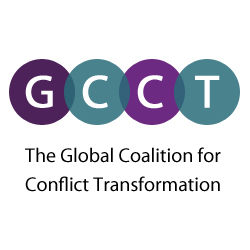India’s sheer size and complexity, combined with the legacies of partition – including the Kashmir dispute and relations with Pakistan – pose a plethora of challenges to the world’s largest democracy.
| Suggested Reading | Conflict Background | Analysis |
GCCT members from India
1) Life Watch
Life Watch is an independent organizations dedicated to defending and protecting human rights. By focusing international attention where human rights are violated, Life Watch gives voice to the oppressed and hold oppressors accountable for their crimes. Life Watch’s rigorous, objective investigations and strategic, targeted advocacy build intense pressure for action and raise the costs of human rights abuses. Read more…
2) Peace Channel
The Peace Channel brings together people, especially youth, to work individually and collectively to promote peace and harmony in their immediate neighbourhood – under the banner of the ‘Peace Channel’ – and strive towards universal peace, justice and equality. Read more…
3) Peace Coalition of Northeast India (PCNI)
With over 32 different militant groups formed on ethnic affiliations and amongst the 240 odd different ethnic communities inhabiting the northeast region of India, it is conflict remains a daily reality. Accordingly, conflict must be transformed through training mediators and negotiators to build strong and sustainable peace processes. Read more…
4) Society for Indigenous Development, Manipur
Manipur has been under martial law since 1960, and is now one of the areas with most armed conflict. The organization’s founder grew up as a human rights activist and was previously a political prisoner. By opening new chapters of communication and by eradicating all barriers and disturbances, the organization works to establish partnerships that turn problems into opportunities for sustainable development. Read more…
A family living in an urban slum in Sonagachi, Kolkata, India (UN Photo/Kibae Park)











Recent Comments